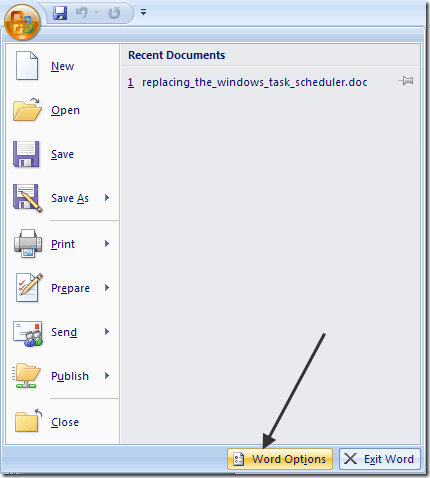

Tip: Create a blank signature that contains just the two dashes and assign it to accounts where no signature is desired. Why two dashes? They are defined in an RFC as the universal signature identifier and many mail clients use this to identify and hide the signature in their reading pane or delete it when replying.īegin typing your message above the dashes. For more information, see Outlook signatures and spell check. We recommend adding two dashes and a space ("- ") as the very first line of your signature. The best way to avoid accidentally typing in the signature area is to clearly mark where it begins. When you change the account or signature, your message will be replaced by the new signature and the message you composed is lost forever. Rather than editing the signature style to allow spell checking, you should avoid typing in the signature field, especially if you use multiple signatures or accounts with separate signatures. Avoid Accidentally Typing in the Signature Area It’s easy to insert test using either method and you don't risk losing the message if the signature or account is changed.

To configure the languages that will be spellchecked, navigate to the edge://settings/languages page.If you are using signatures to add introductory text and your signature, with the message in between, you should use AutoCorrect or Quick Parts instead. Hunspell Spellcheckįor most users, no action is required to set up spell checking – it will automatically inherit your preferred language settings from Windows.

Moving to Windows Spellcheck has a number of benefits, including support for additional languages and dialects, a shared custom dictionary, and better support for URLs, acronyms, and email addresses.īased on early feedback from preview users, this represents an overall improvement in the quality of spell checking in Microsoft Edge, as illustrated in the examples below. Previously, on Windows, Microsoft Edge and other Chromium browsers used open-source proofing tools for spell checking. The feature is supported on Windows 8.1 and above. Beginning with Microsoft Edge 83, we’ve introduced a new spellcheck experience for Windows users, powered by Windows Spellcheck.


 0 kommentar(er)
0 kommentar(er)
